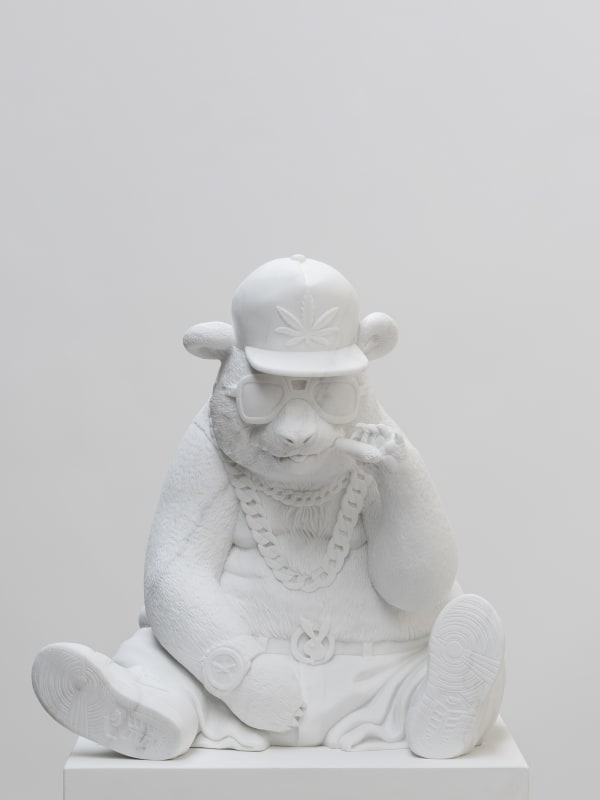The marble series Dystopian Animals mixes past and future, imagination and reality. It prompts us to question our ethics and values, offering a critical vision of the future that, while dark and complex, is imbued with the hope that art can serve as a catalyst for change and healing.




